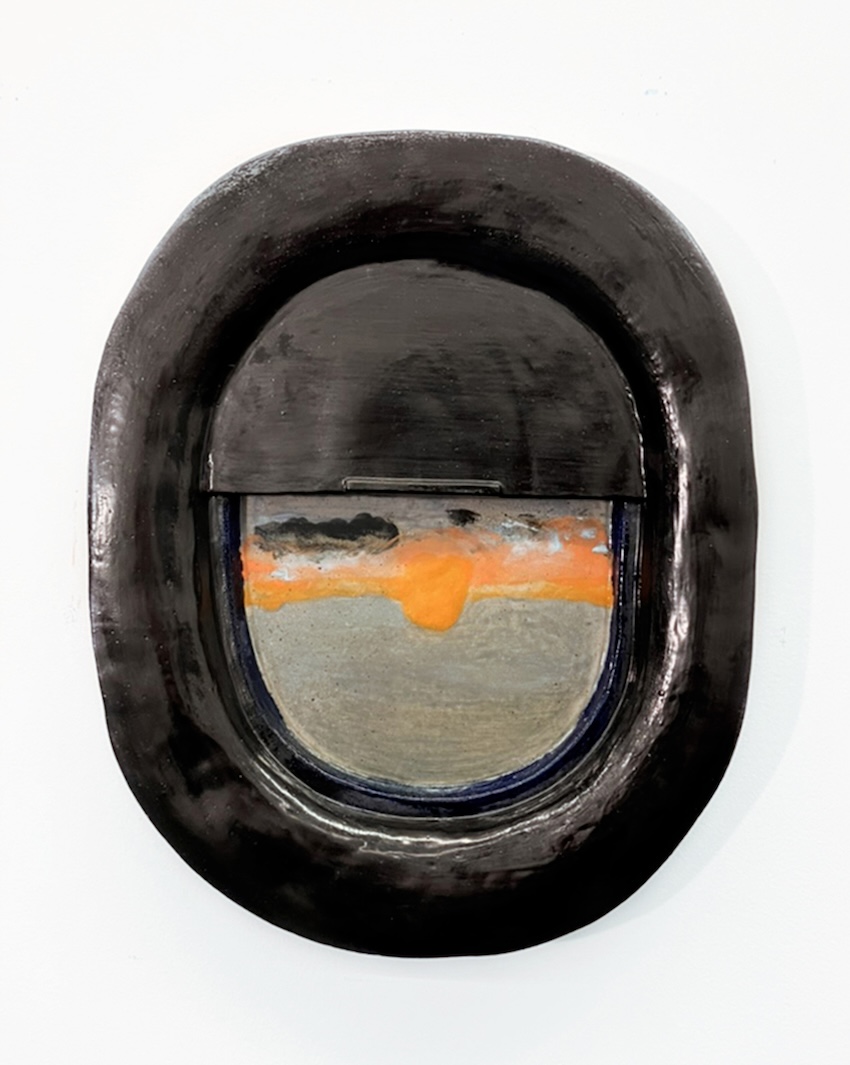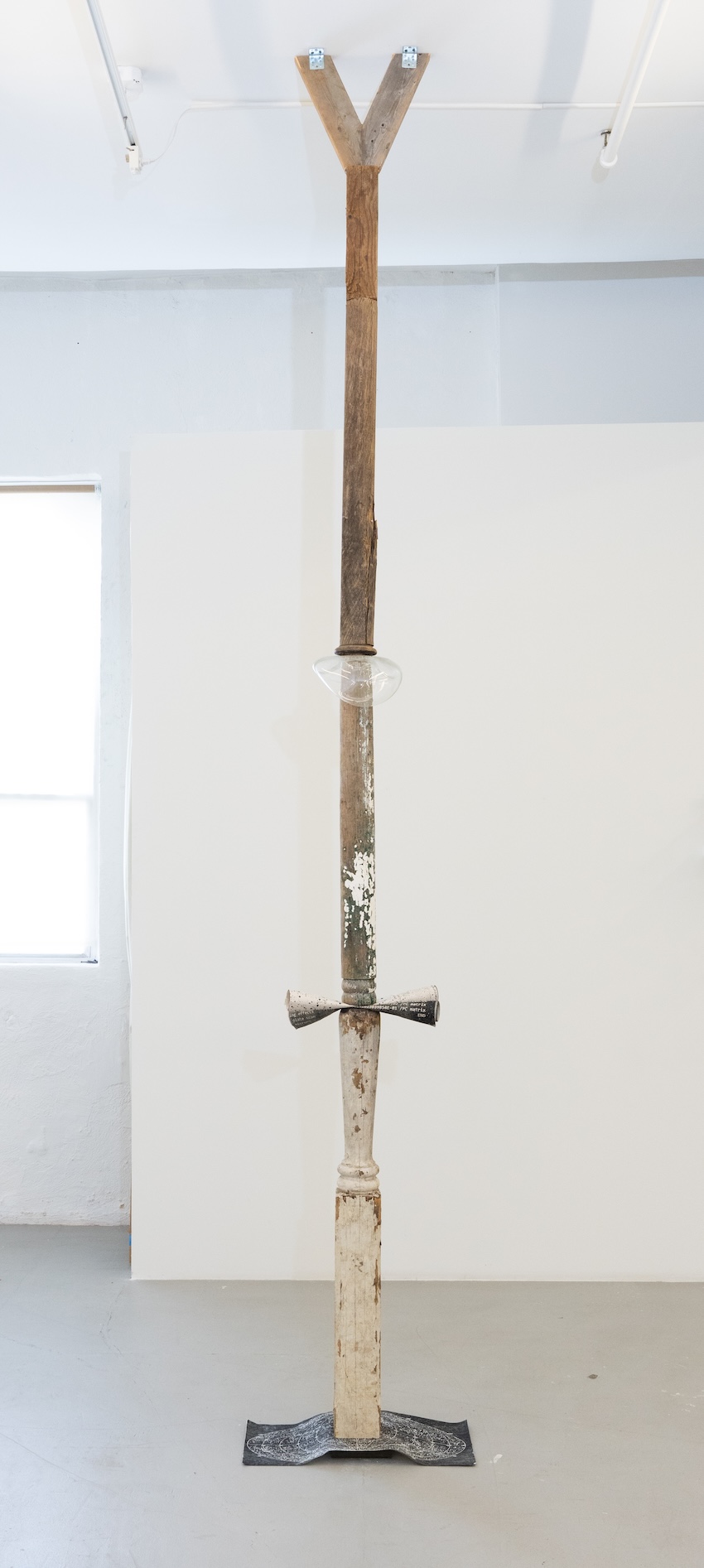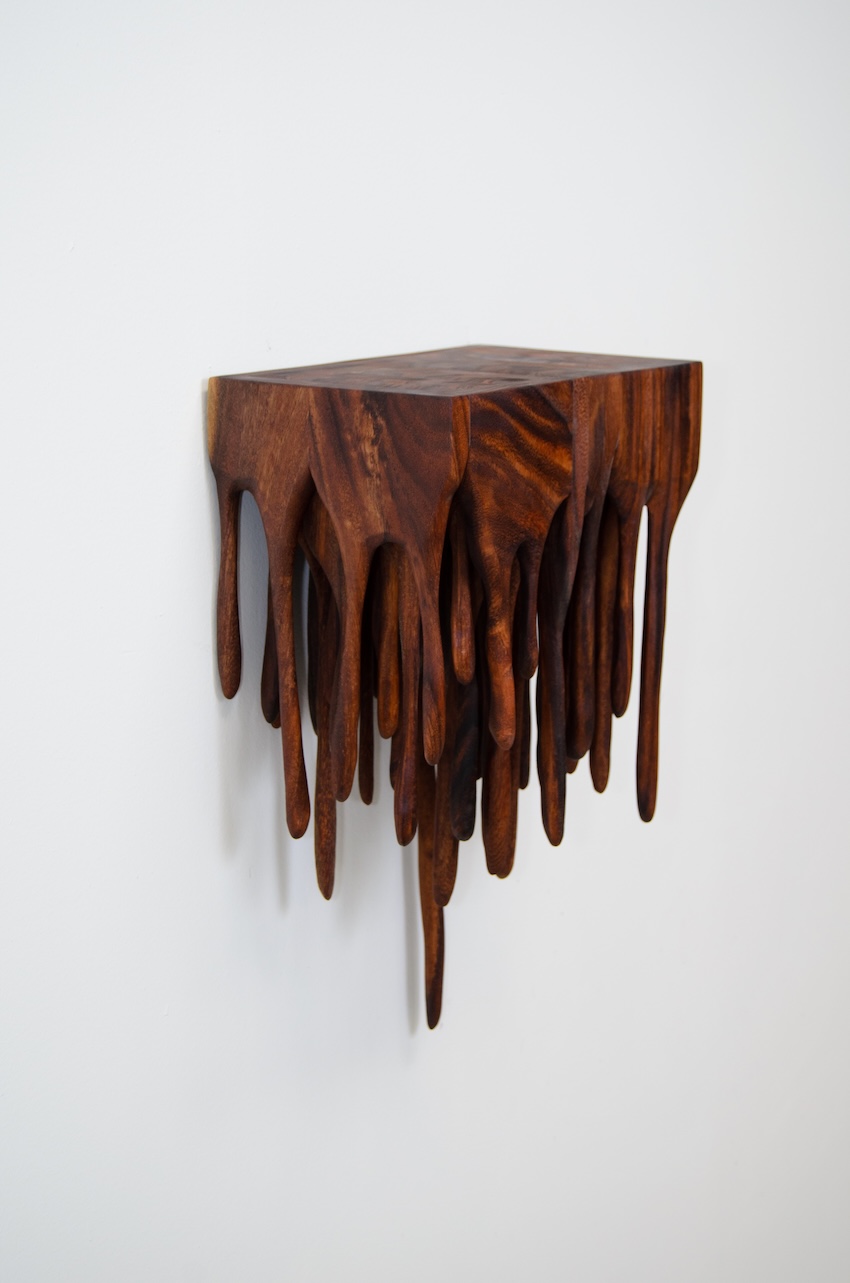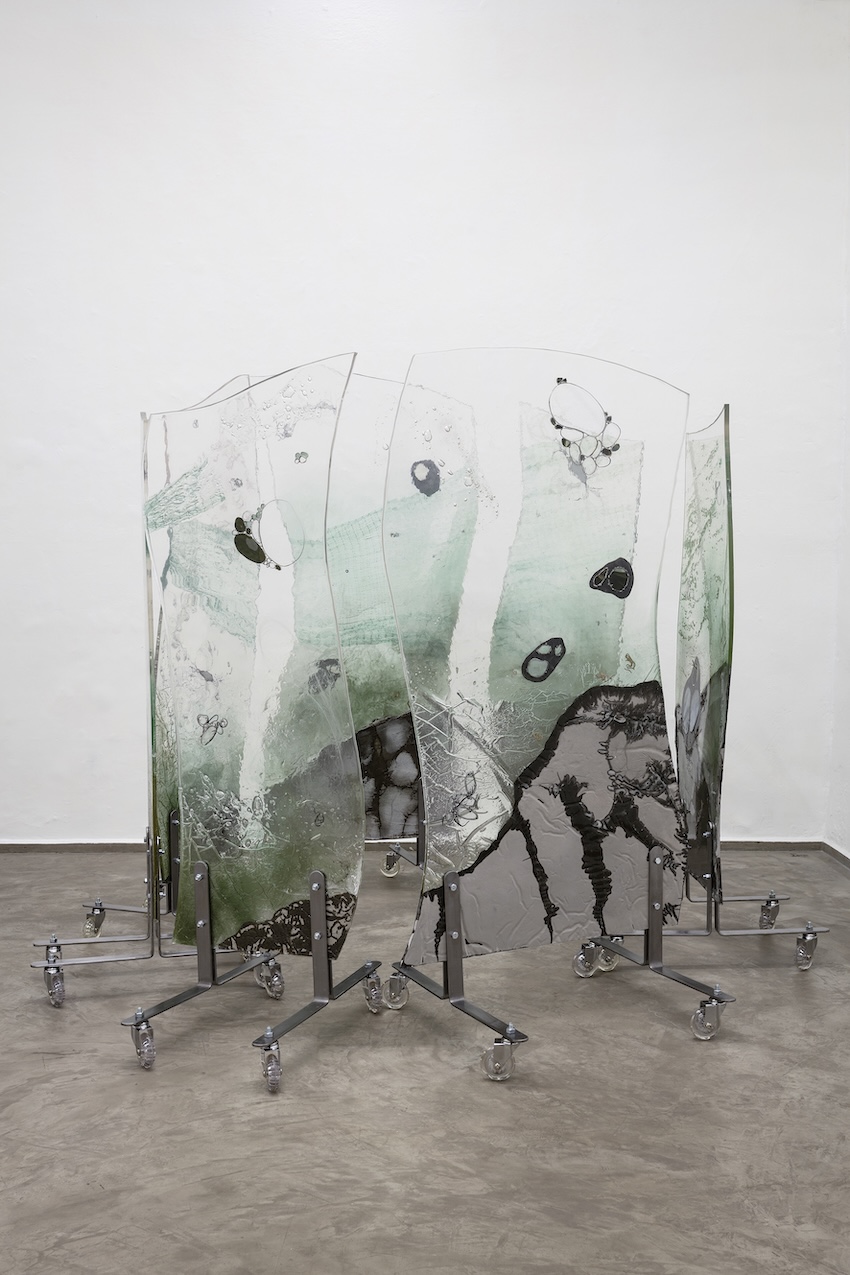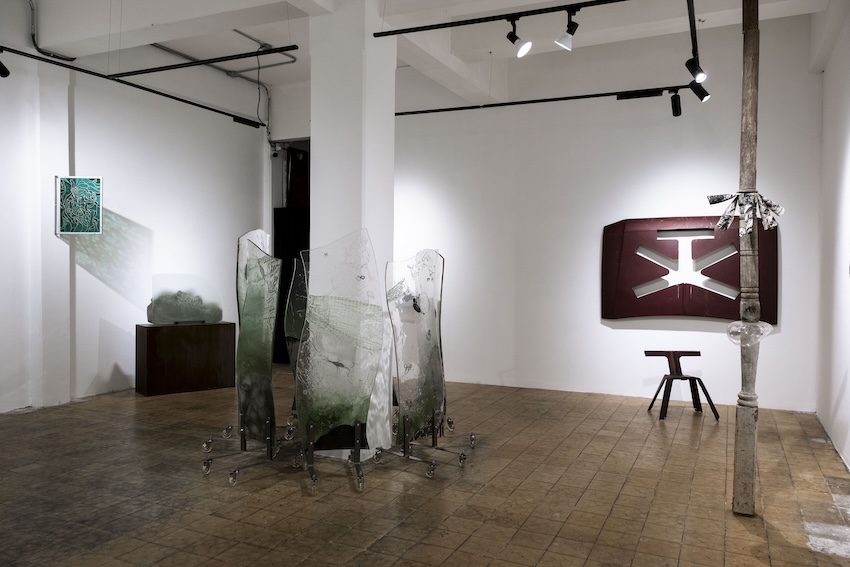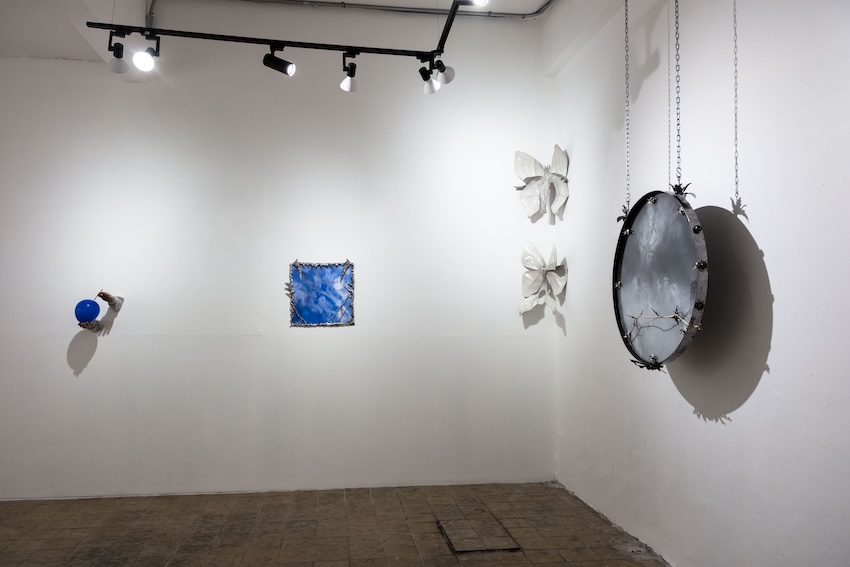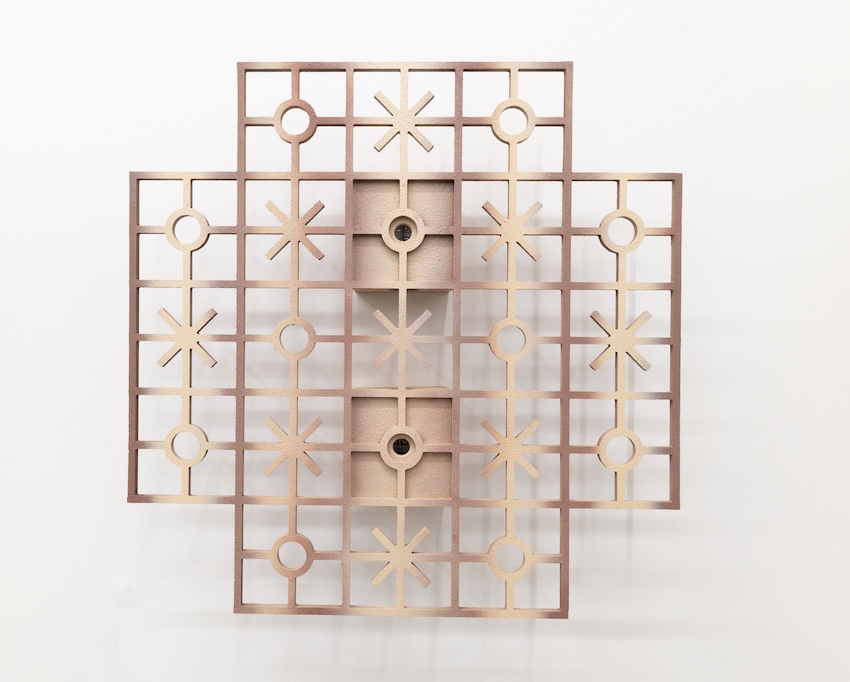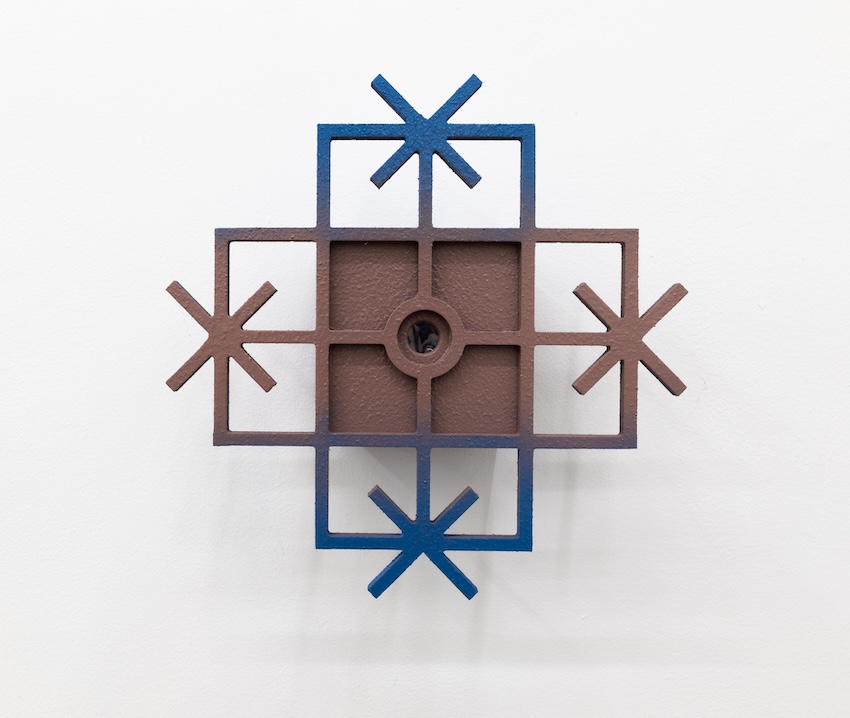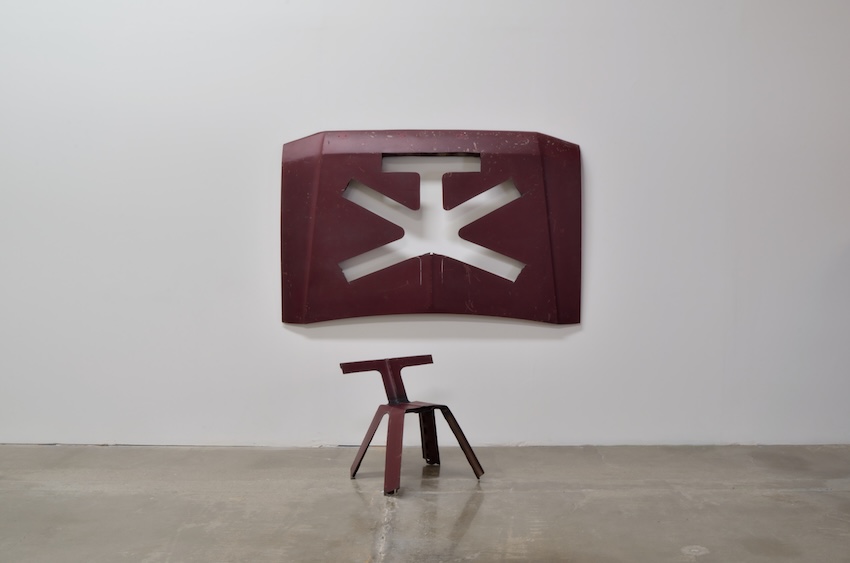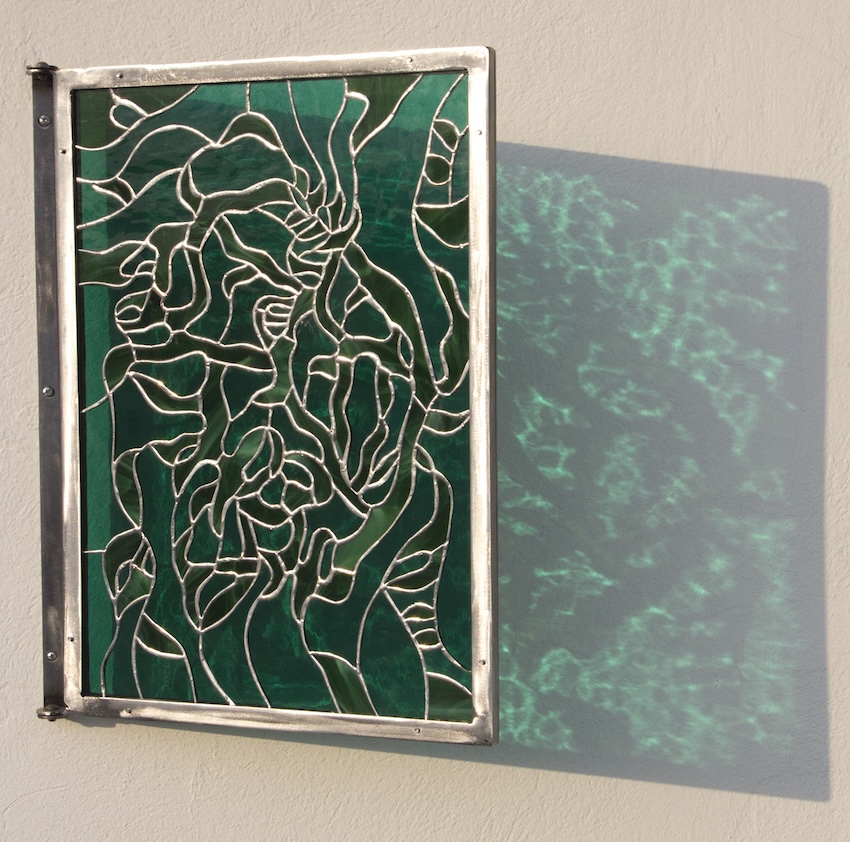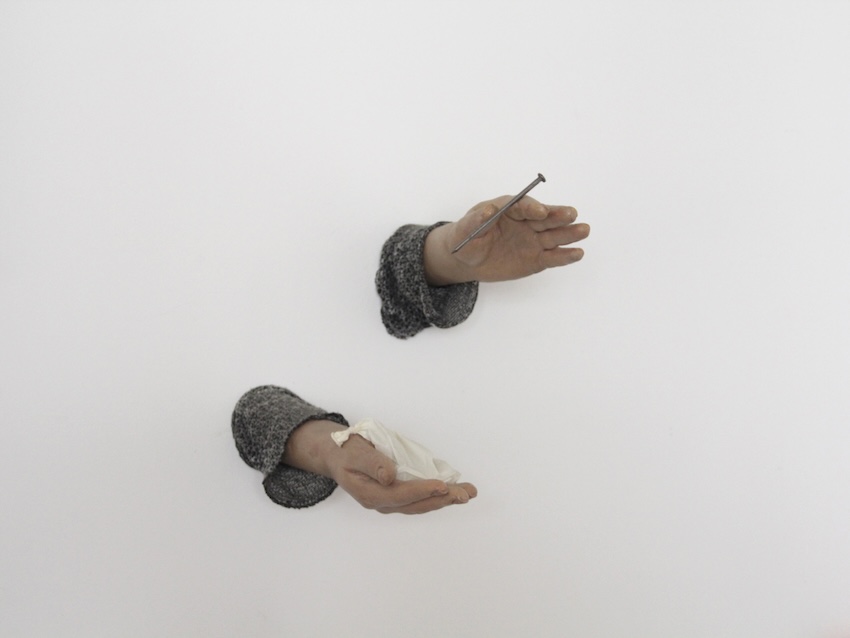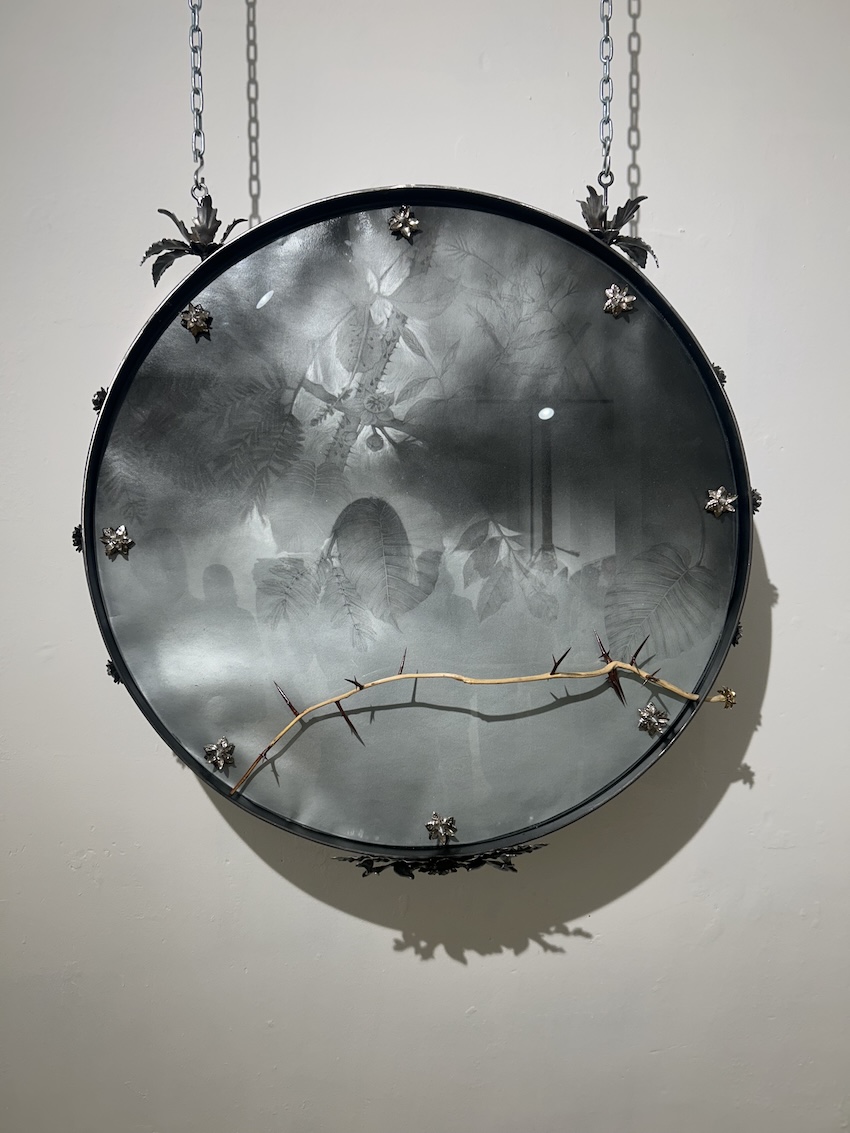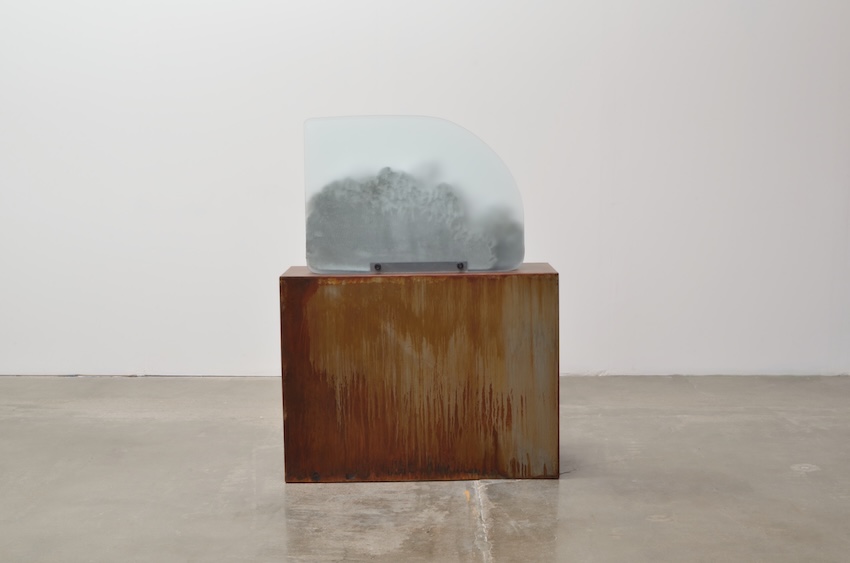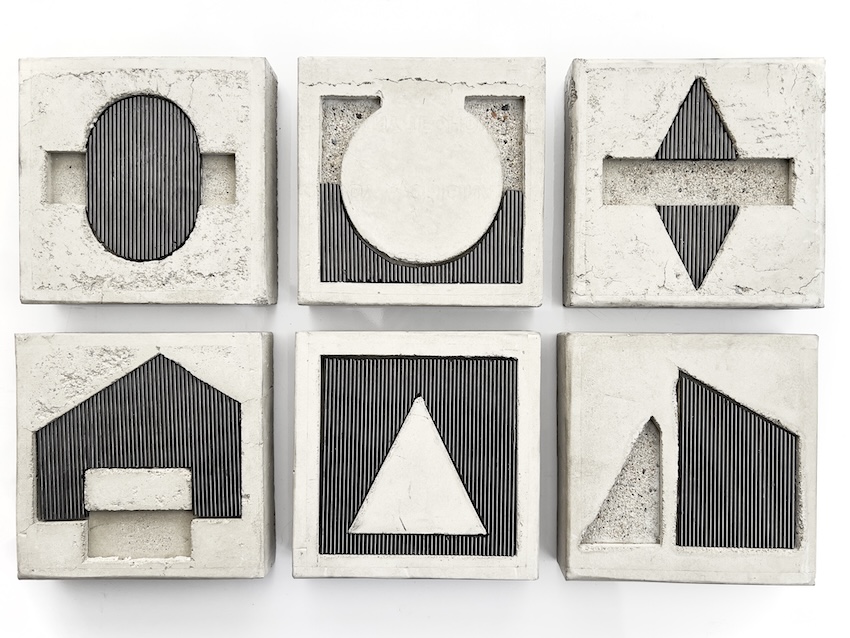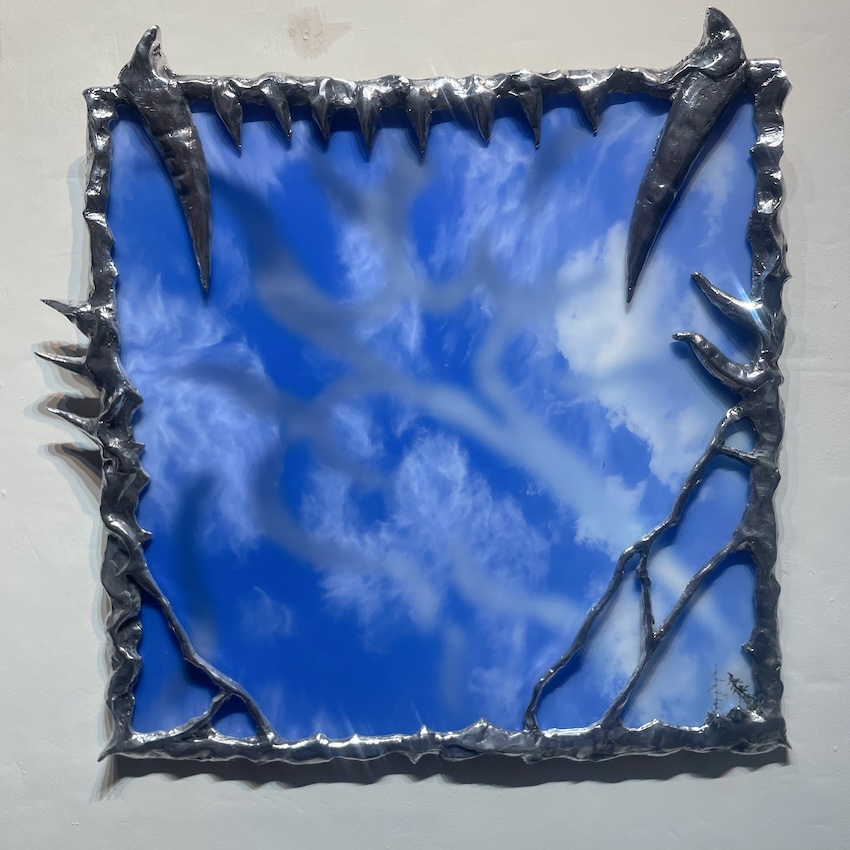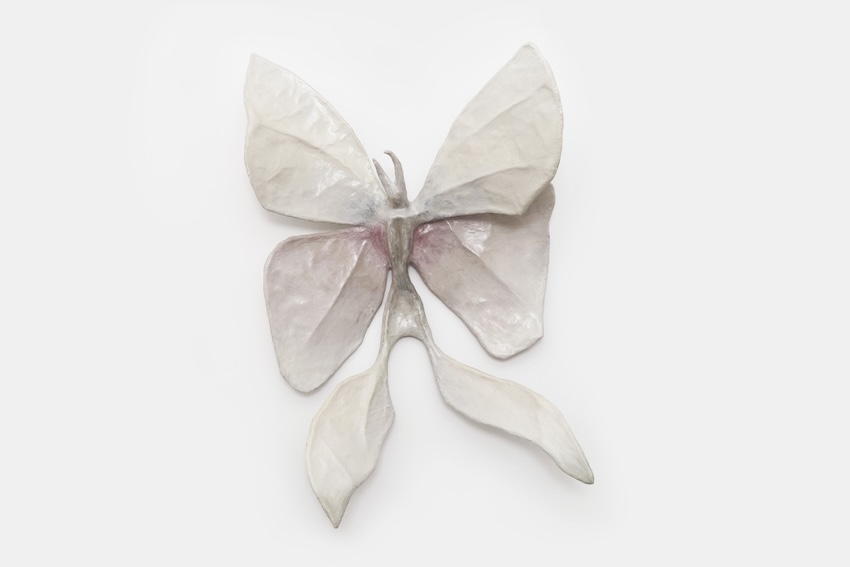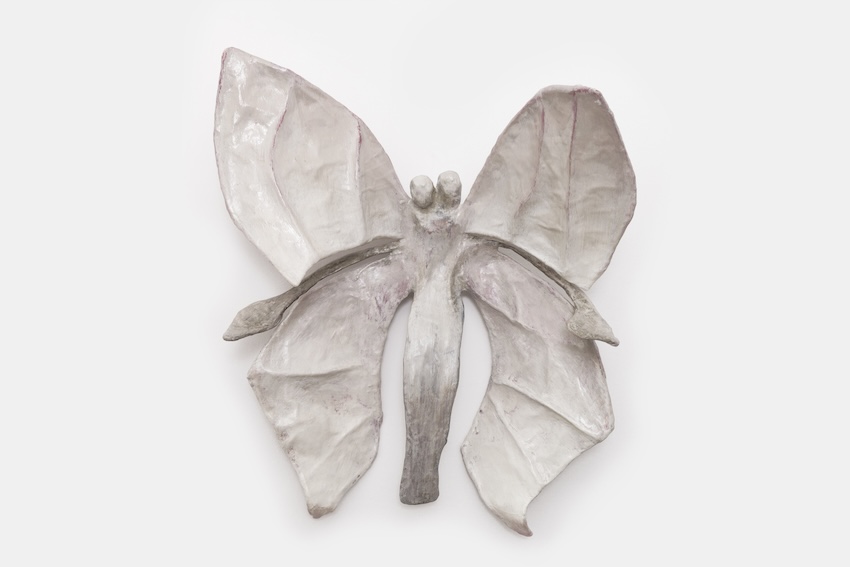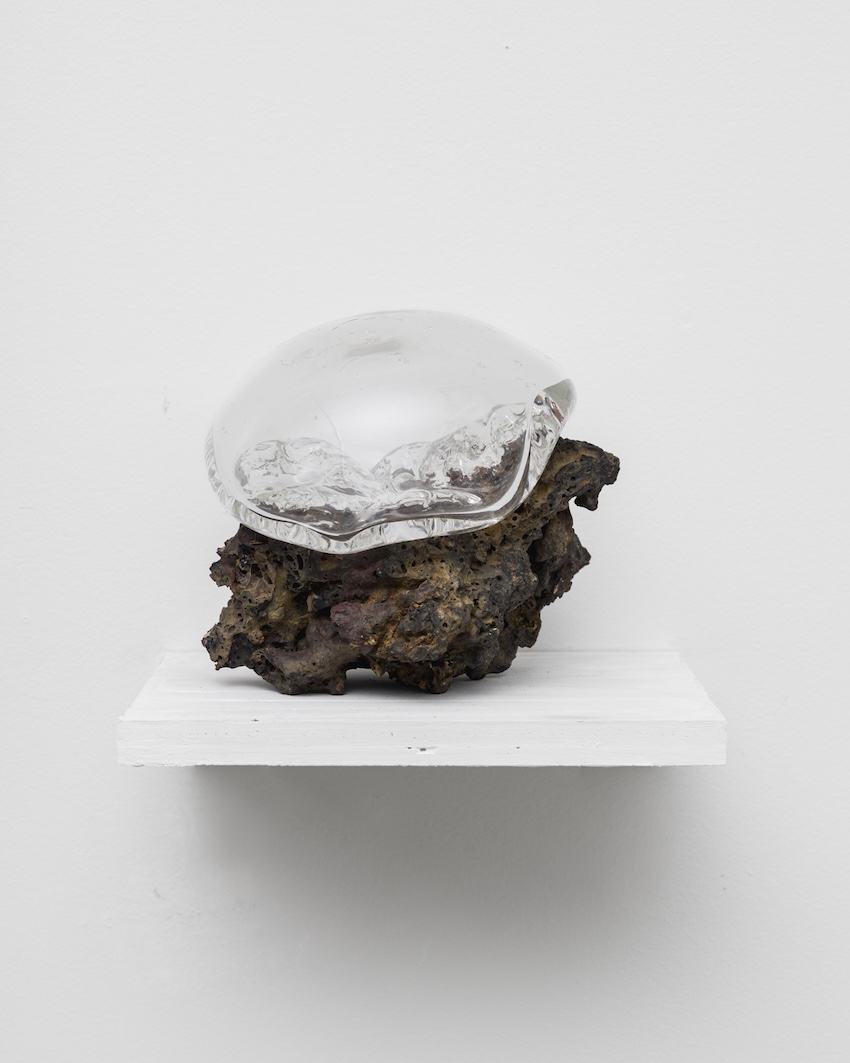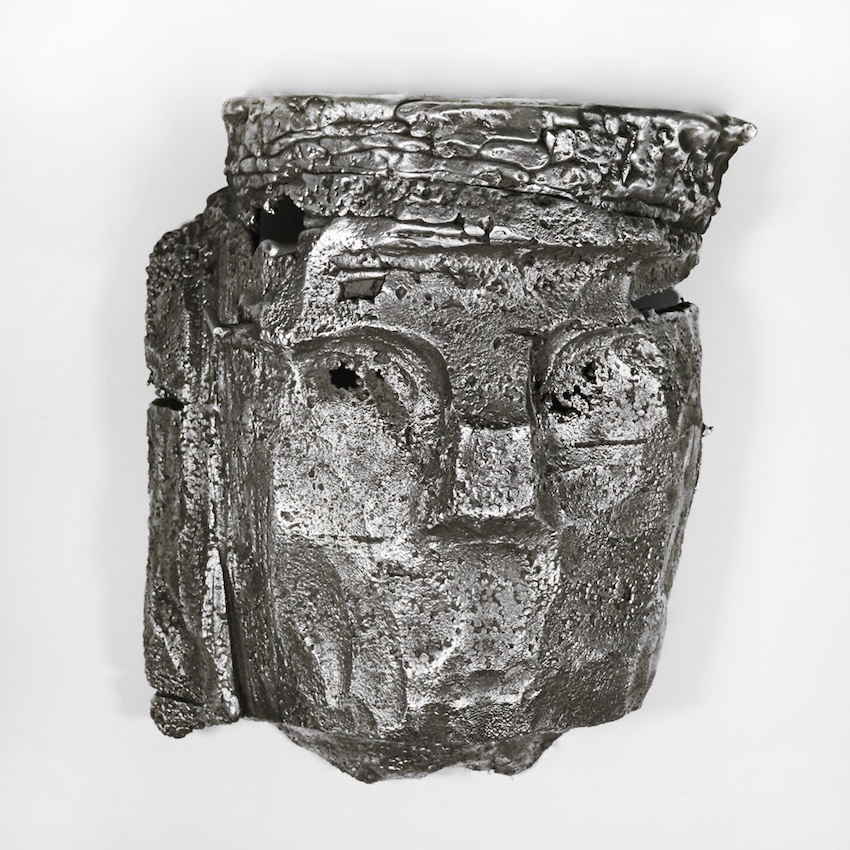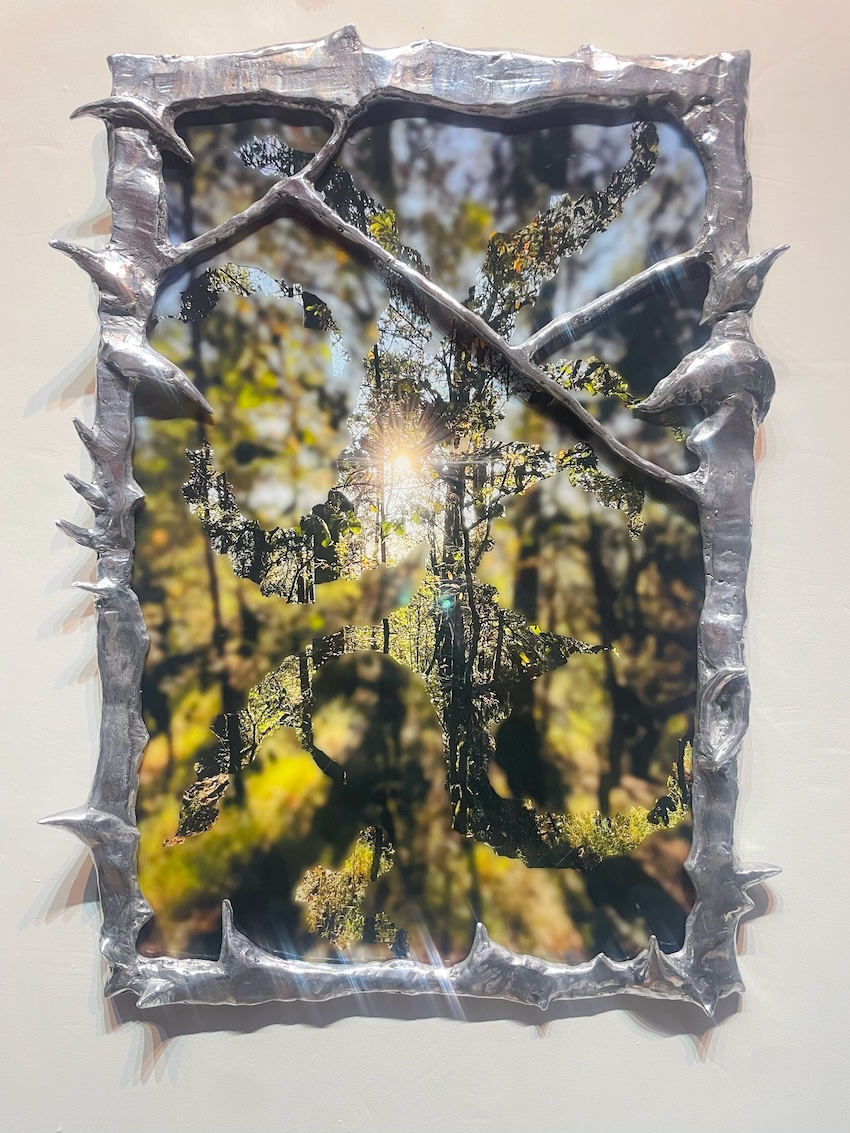Memory is an active, ever-changing process—much like architecture, it is a construction shaped by time, space, and human hands. Construyendo Memorias, which opened at Art Latinou during Mexico City's art week, delves into the fluidity of memory, exploring how it is built, fragmented, and reassembled. The featured artists transform materials into vessels of identity and history, blurring the lines between past and present, permanence and impermanence.
Through their cross-cultural perspectives and multidisciplinary approaches, these works reveal memory’s layered complexity, inviting viewers to confront their own acts of remembering. In a world of digitized experiences and cultural erasure, this exhibition serves as a living archive, amplifying overlooked narratives and connecting us to the fragile, yet enduring, essence of memory. Here, memory is not only preserved but reimagined—a means of shaping both history and the future.
Memory, like architecture, is neither fixed nor immovable. It is an intricate lattice of moments, sensations, and stories, perpetually in flux. Memory grows, shifts, erodes, and rebuilds itself, tethered to time yet untethered from permanence. Construyendo Memorias invites us to inhabit the porous boundary between remembrance and transformation, exploring how memory is not merely a record of the past but a construction—a dynamic interplay of deconstruction and reconstruction, form and void, matter and meaning.
At its core, memory is an act of creation. It does not stand still; instead, it unravels and weaves itself anew. In this way, memory mimics the architectural process—a constant building and unbuilding, where the ruins of the past serve as scaffolding for the present. Cultural and personal memories, much like structures, are shaped by human intervention, layered with histories both celebrated and contested. The act of remembering is fluid, an amalgamation of what was, what is, and what we imagine might have been. This exhibition meditates on the ephemeral yet material quality of memory, presenting works that act as vessels of identity and collective history while simultaneously destabilizing the notion of memory as immutable or singular.
The fourteen participating artists each channel the fluidity of memory into their creative practices, transforming materials into artifacts imbued with narrative. Chavis Marmol reclaims fragments of the natural world, embedding stories of resilience and loss. His works embody the tension between preservation and decay, evoking a visceral connection to nature and its cycles. Emilio Morales translates architectural forms into metaphors for forgotten histories, layering textures and spaces with the weight of modern memory. His pieces echo the crumbling edifices of past eras, asking us to consider the fragility of cultural legacies in the wake of the toxicity of humanity in the digital age. Collaborators Valentina Guerrero and Mariana Naidich interrogate the fragility of communal memory, intertwining objects as shared repositories of identity. Their works speak to the intimate and collective aspects of remembering as viewers are immersed in the act of materiality transforming into a metaphor for connection. Juan Carlos Leon’s ethereal assemblages evoke the interplay of absence and presence, drawing viewers into a liminal space where memory is both a shadow and a trace; he takes a closer look at the role of the environment in shaping our now hybridized identities. Sebastian Beltran’s explorations in materiality trace the tensions between permanence and impermanence, using the architectural physicality of his works to echo the transient nature of human experience.
The works of Zazil Barba, Edra Soto, and Cecilia "CJ" Chueca recontextualize cultural artifacts, inviting the viewer to confront the legacies embedded within everyday materials and structures. Through subtle gestures and bold reconfigurations, their pieces ask how objects carry the weight of collective history, personal memory, and cultural heritage. Meanwhile, Luis Figueroa and Natalia Mejía push the boundaries of visual language, exposing how memory is encoded and erased through patterns, symbols, and absence, whether in our earthly or cosmological geographies. Camilo Bojacá and Patricia Encarnación reconstruct personal and collective archives, blurring the lines between past and present. Their works bring fragmented narratives into dialogue, fostering a sense of continuity in the face of disconnection as they look closer at the landscapes that contribute to these formations of recollection. Marilá Dardot’s installations stand as poetic odes to the passage of time, intertwining loss and regeneration in a way that transforms ephemera of the written word, history, and media into enduring reflections of culture’s ability to shape memory.
In a world increasingly shaped by the erosion of cultural heritage and the digitization of experience, these artists’ works serve as powerful reminders of why art matters in the construction of memory. Through their practices, they preserve what might otherwise fade, challenge narratives that seek to dominate, and create spaces for pluralistic interpretations of the past. By juxtaposing materials both fragile and enduring, and ideas both personal and collective, the exhibition underscores that memory, like art, is active—a means of questioning, resisting, and rebuilding. These works ask us to reckon with the urgency of remembering, especially in an age where so much is forgotten, erased, or rewritten. They amplify the silent stories of the marginalized and the overlooked, breathing life into fragments of history that might otherwise be lost.
Ultimately, Construyendo Memorias is an invitation to the viewer to become a participant in this living archive. It urges us to question how we, too, construct memory—as individuals, as communities, as cultures. The exhibition becomes a site of reflection, where the boundaries between material and metaphor dissolve, and visitors are encouraged to grapple with the fragility and power inherent in the act of remembering. This experience is not merely about witnessing but about engaging—to feel, to imagine, to reconstruct. Through this engagement, we are reminded that memory is not only about the past but about how we shape the future. We are left with a resonant question: how will we, as architects of memory, choose to build and rebuild our collective histories? —Charles Moore, curator of Construyendo Memorias




